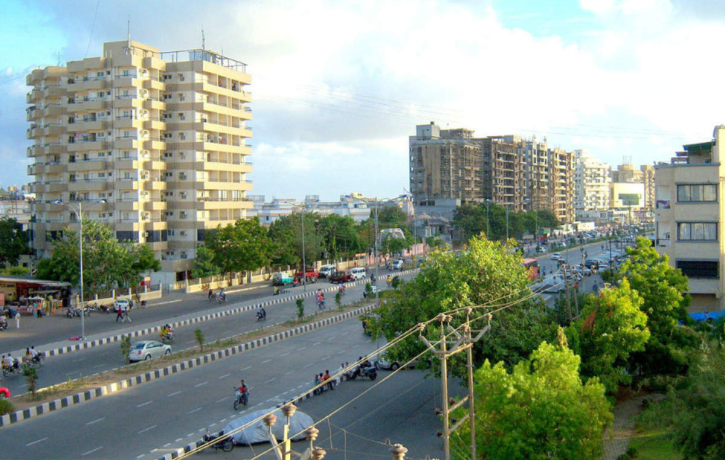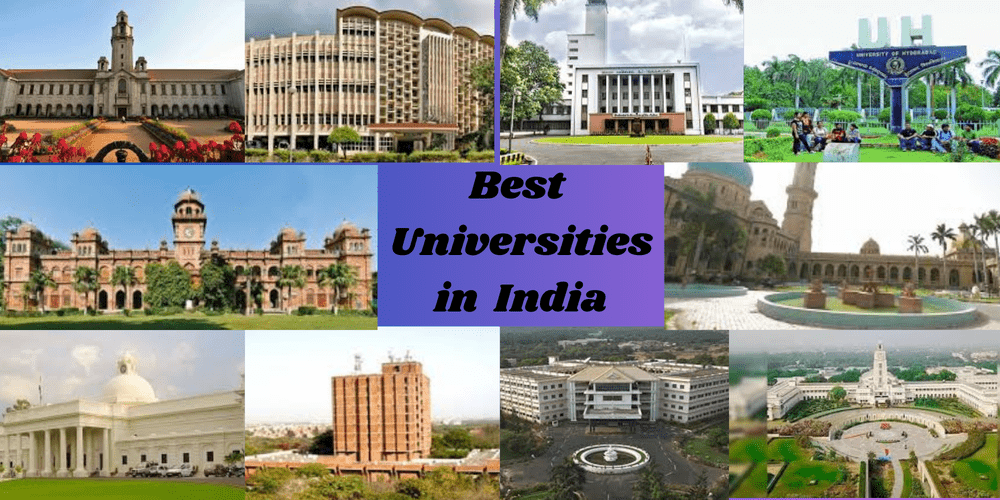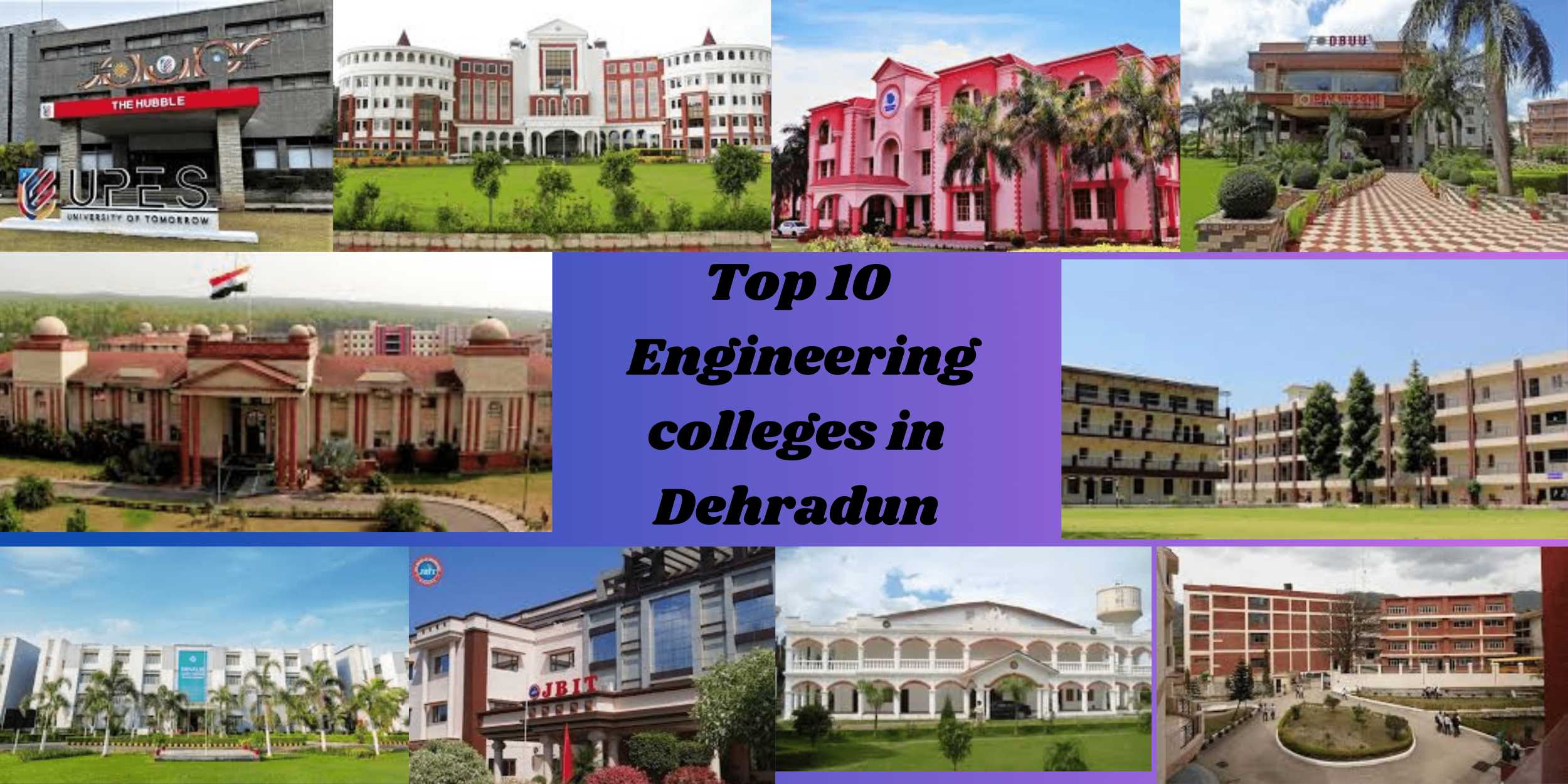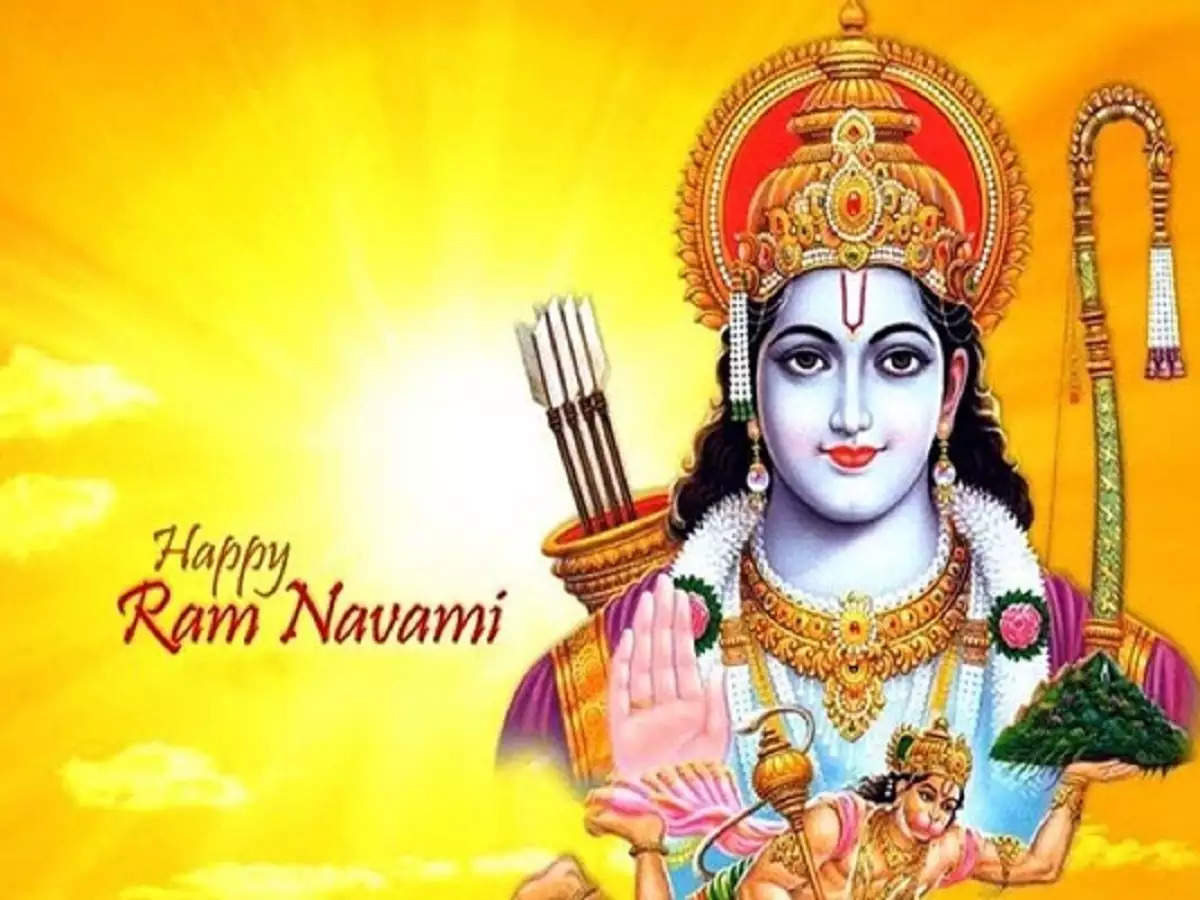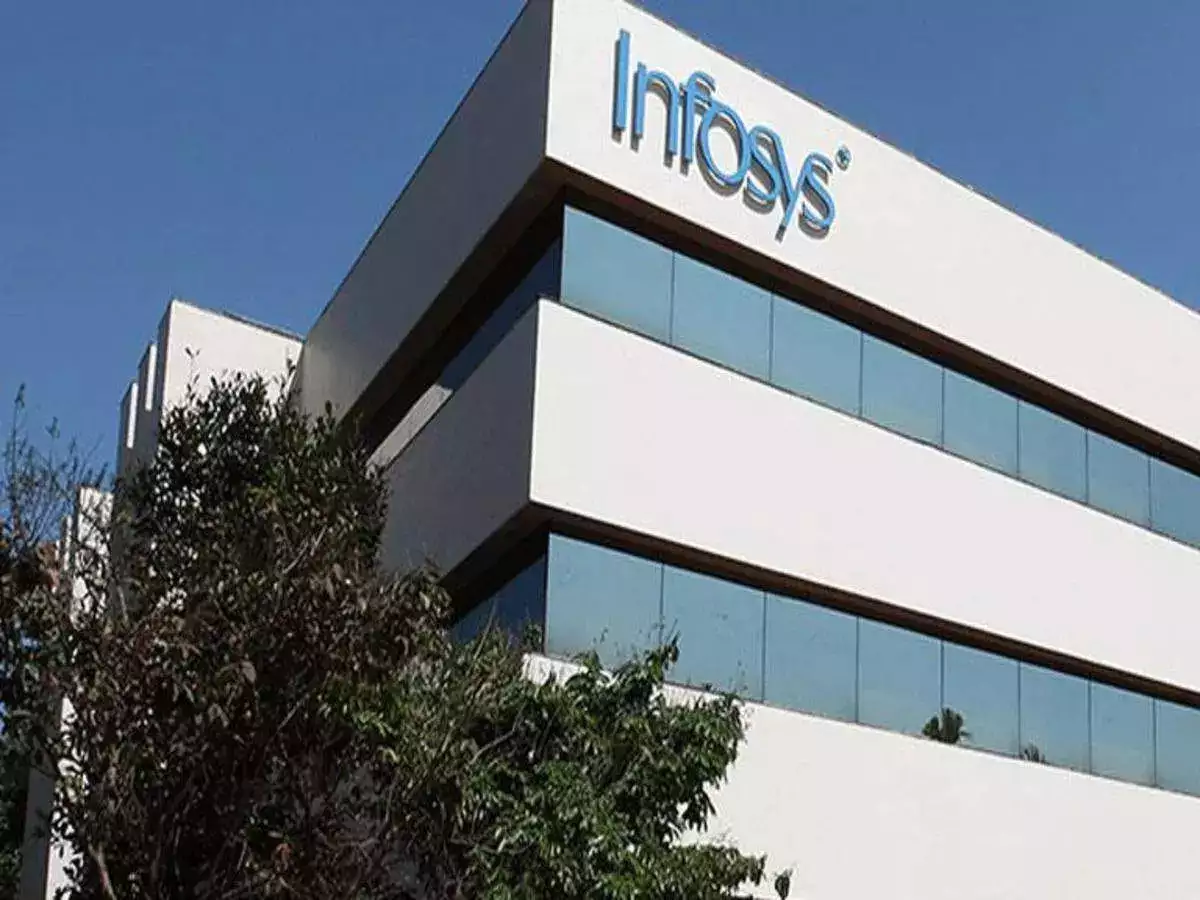Introduction
Surat, thriving city of India is well-known as a textile and diamond hub. This once-important seaport is now a rapidly expanding economic center. Known as “The Diamond City,” Surat is responsible for 90% of the diamonds in the world’s cutting and polishing! Surat is known for more than just its brilliant diamonds; it is frequently ranked as one of India’s cleanest cities.
History
The origins of Surat are disputed. Some believe it was christened “City of the Sun” around 1500 by a wealthy trader, but the name probably goes back before that. Long before then, many forms of Surat’s name are mentioned in historical documents.
Surat before the Mughal Empire
After Portuguese raids caused Rander to deteriorate, Surat became a major port city in the 1500s. Although Surat has been mentioned previously, it’s not known if it was a significant settlement at the time.
During the Mughal Empire
Despite obstacles like Maratha assaults and congestion, Surat was a prosperous port city during the Mughal Empire. Later on, it developed into a hub for shipbuilding and textiles, but as Mumbai grew, it began to decay.
Surat under British Raj
Surat’s port splendor was diminished by the British Raj, but the city prospered in textiles and high-end products like pearls and gems. It became into a textile trading center rather than a producer. Even with this achievement, Surat’s economy as a whole suffered during British administration.
Armenians in Surat
The Armenian community in Surat flourished in the 16th and 17th centuries, leaving a legacy of prosperous trade and ornate tombstones. They created trade channels spanning large areas and gained notoriety for their valuable items.
Post Independence
Surat has become one of western India’s most important industrial and commercial hubs since independence, mainly for trade, chemicals, and textiles. It joined Pune, Nagpur, Vadodara, Mumbai, Ahmedabad, and Pune as a growth engine for the region.
1994 Plague
A terrible plague outbreak struck Surat in 1994. Lockdown ensued, a large number of citizens left the city, and the illness spread. Because of the disease, which brought attention to the inadequate sanitation, significant cleanup operations were launched, and city is now among the cleanest cities in India.
Geography and climate
Flooding is a problem for Surat, a port city in western India on the Tapi River. Dams blocked the original port by reducing water flow. The city experiences warm winters, scorching summers, and monsoon rains due to its tropical environment. Floods have been a big problem; the city was mostly submerged during the 2006 flood. Surat is making investments in infrastructure for climate resilience and flood protection in order to mitigate future flooding brought on by climate change.
Demographics
Surati are the people who live in Surat. The metropolis has more than 4.4 million residents and a high literacy rate of 89%.
Transport
An international airport with connections to major Indian towns and some foreign locations, a bus rapid transit system, and a historic railway station dating back to 1860 are just a few of Surat’s well-developed transportation choices. In addition, a metro system is being built.
Culture
A foodie’s paradise is Surat! The city has a distinctive and delectable street food scene, featuring dishes like sweet Ghari and savory Locho. “Eat in Surat, Die in Kashi” is a local adage that emphasizes the city’s delectable food.
Education
Numerous esteemed universities are available inthe city, such as the Indian Institute of Information Technology and the renowned Sardar Vallabhbhai National Institute of Technology. In addition, the city is home to a science center featuring a planetarium, art gallery, and museum as well as a government and municipal medical college.
Sports
The Pandit Dindayal Upadhyay Indoor Stadium in the city is a significant location for both cultural events and sports (volleyball, table tennis, etc.). It can accommodate 6800 people and has played host to esteemed occasions such as TEDxSurat 2018.

